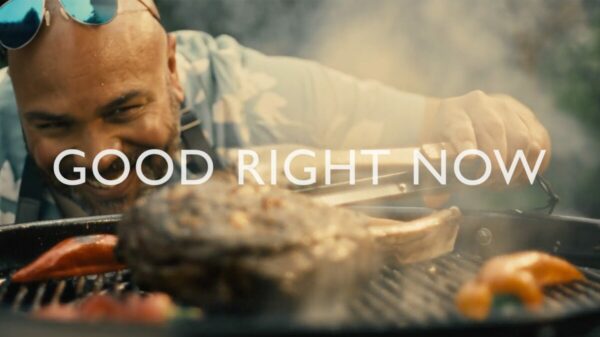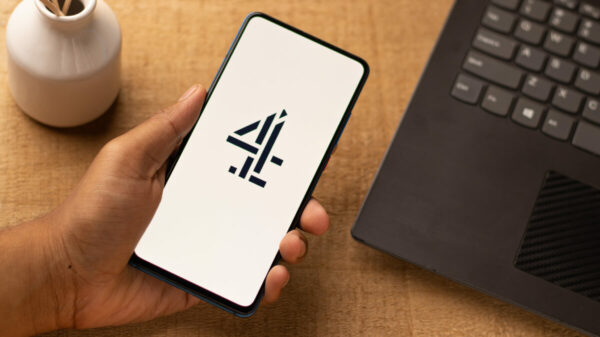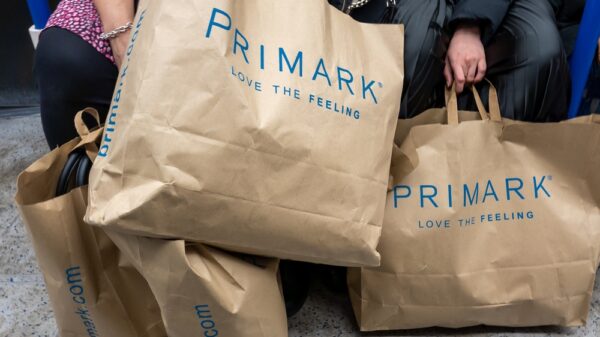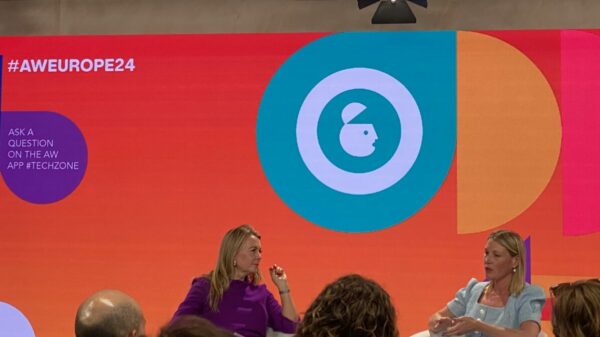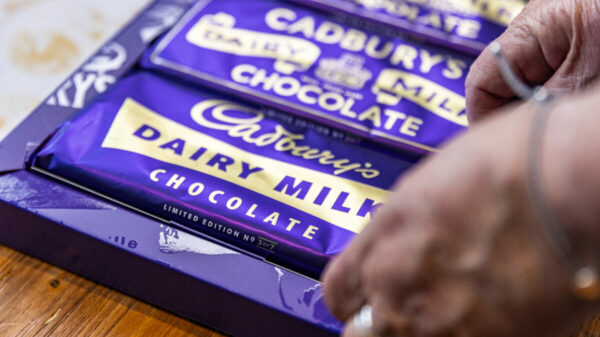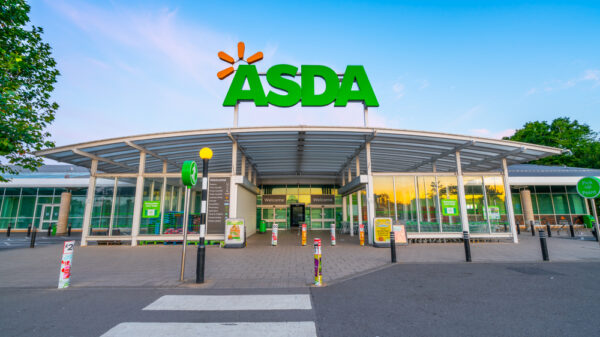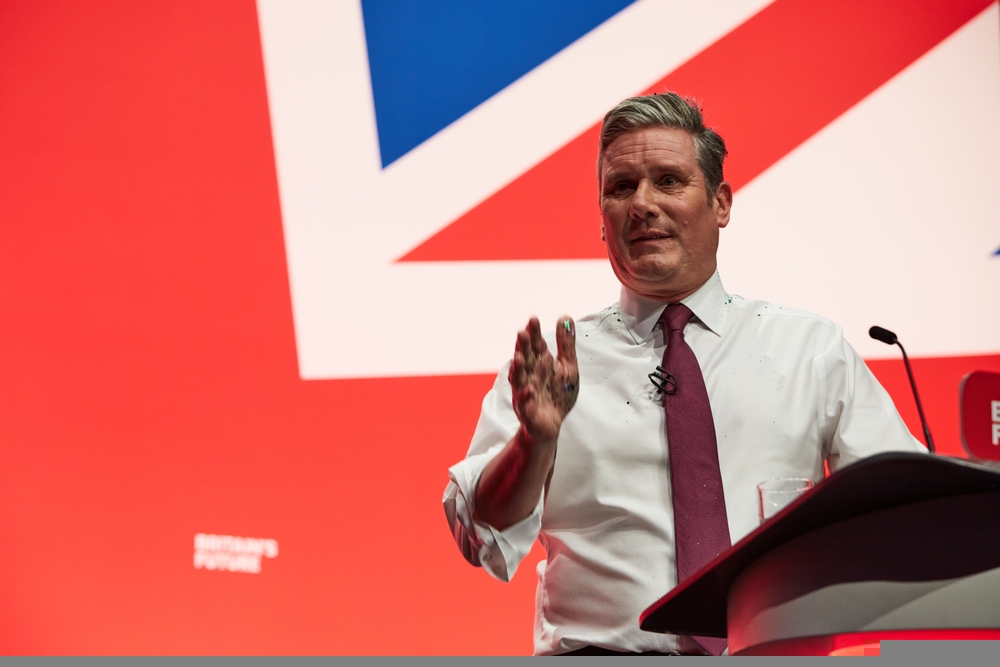Social media platform TikTok will be the first to automatically label user content which has been generated by artificial intelligence (AI), to provide greater transparency amid growing concerns about misinformation online.
Currently, TikTok and Facebook/Instagram owner Meta already ask users to disclose if images, audio or videos are made using AI technology. However, this relies on users complying with the rules.
The new approach will see TikTok introducing its own AI-detecting features which will run across the platform and ensure that all AI-generated content (AIGC) is automatically labelled as such. This includes content made with the platform’s own AI image generators.
“AI-generated content is an incredible creative outlet, but transparency for viewers is critical,” said TikTok’s head of operations, trust and safety, Adam Presser.
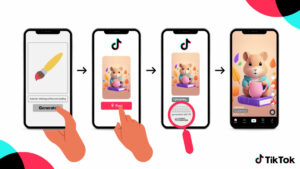
Subscribe to Marketing Beat for free
Sign up here to get the latest marketing news sent straight to your inbox each morning
“This is really important for our community because authenticity is really one of the elements that has made TikTok such a vibrant and joyful community… they want to be able to understand what has been made by a human and what has been enhanced or generated with AI.”
The video-sharing app, owned by China’s ByteDance, will be working with the Coalition for Content Provenance and Authenticity (C2PA) to introduce the changes.
A group of high-profile technology and media groups, led by Adobe, the coalition has created its own ‘content credential’ technology which attaches metadata to all AICG content, along with other information such as when and where the material was generated.
TikTok will then use these indicators to automatically flag when content is made using AI products.
“By partnering with peers to label content across platforms, we’re making it easy for creators to responsibly explore AI-generated content, while continuing to deter the harmful or misleading AIGC that is prohibited on TikTok,” Presser added.
“We want to make sure that people have that ability to understand what fact is and what is fiction.”
The move comes just days after fake images circulated of Katy Perry and Rihanna posing at the Met Gala, even though neither were at the event, adding to the ongoing concerns over misinformation spreading online ahead of the United States presidential election.
Adobe’s general counsel and chief trust officer Dana Rao said: “At a time when any digital content can be altered, it is essential to provide ways for the public to discern what is true. Today’s announcement is a critical step towards achieving that outcome.”


